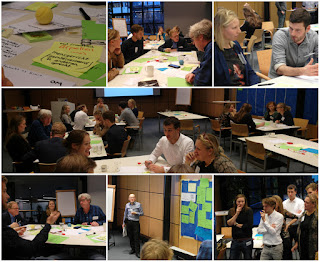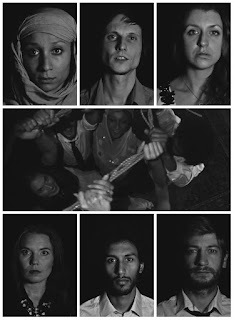Diversity biases and steps to facilitate understanding leading towards an inclusive workplace
Regularly when I am called by a call center of a company doing research or trying to sell me a service, I am mostly addressed as Mrs. or Ms. It is an unconscious bias of many telephone operators, who assume that my voice is female, while I am a male. In our daily routines, we are confronted with many different diversity biases, when we communicate and interact with people. In our journey, understanding biases, there are 4 main biases, that hinder us in building a diverse and inclusive workplace and that easily can create misunderstanding, conflict or not obtaining and motivating the most talented people. 1. Unconscious bias Unconscious bias is implicit. It is unintended and subtle, based on unconscious thought. Typically unconscious bias happens involuntarily without any awareness or intentional control. 2. Affinity bias Affinity bias is the unconscious tendency to get along with others who are like us. It is easy to socialize and spend time with others who are no

